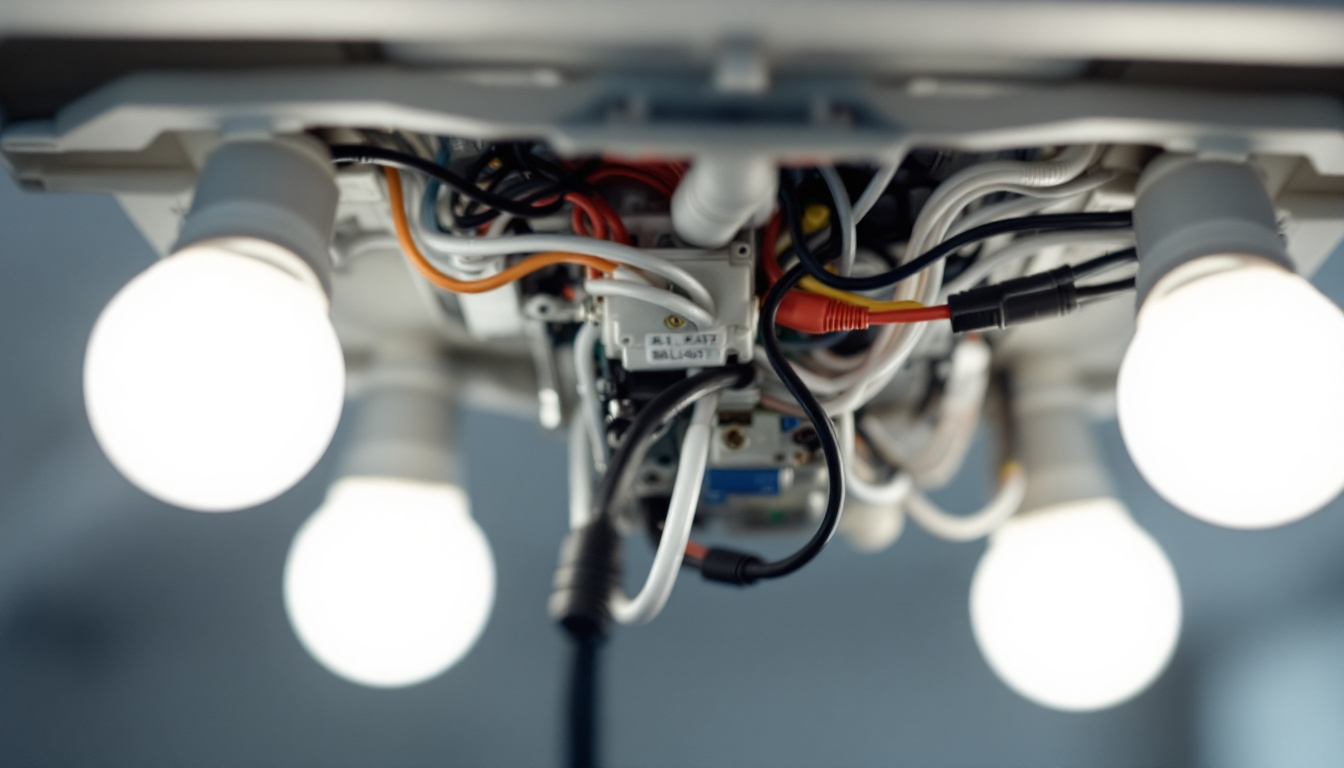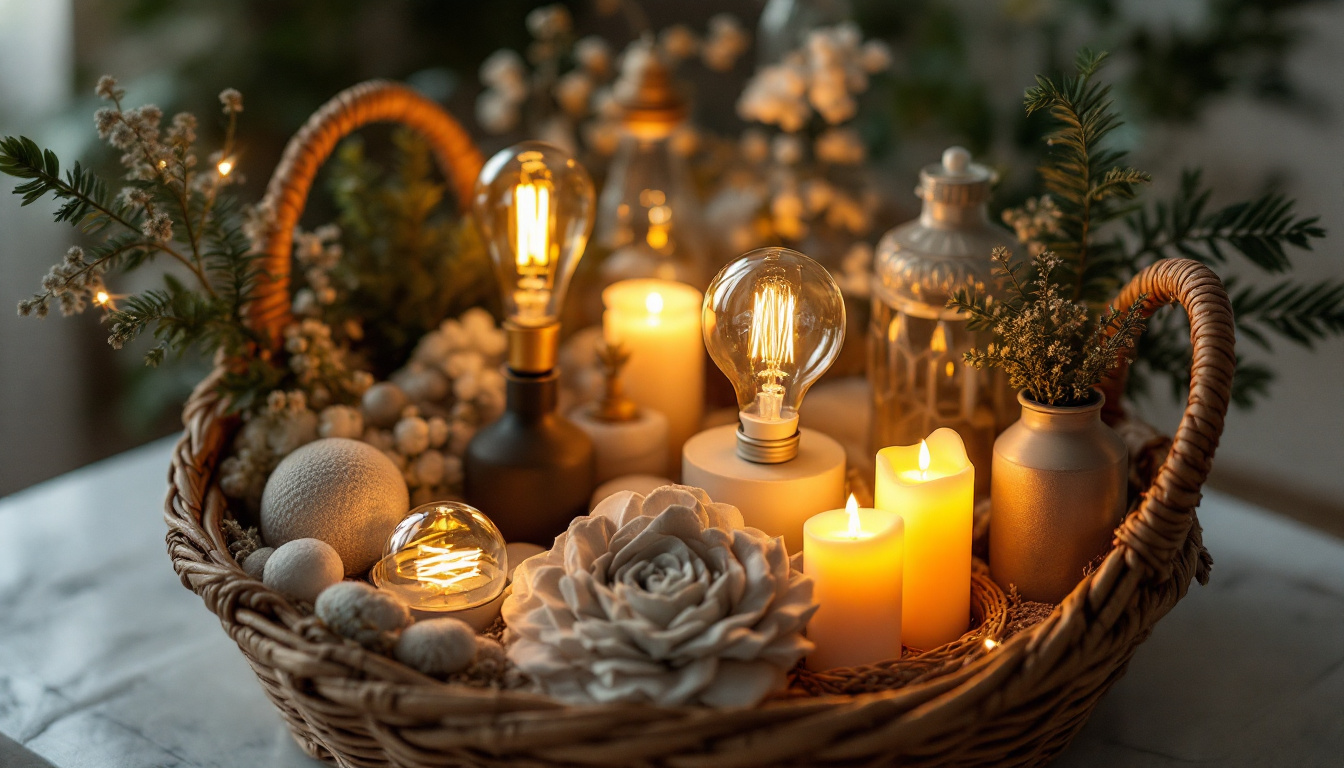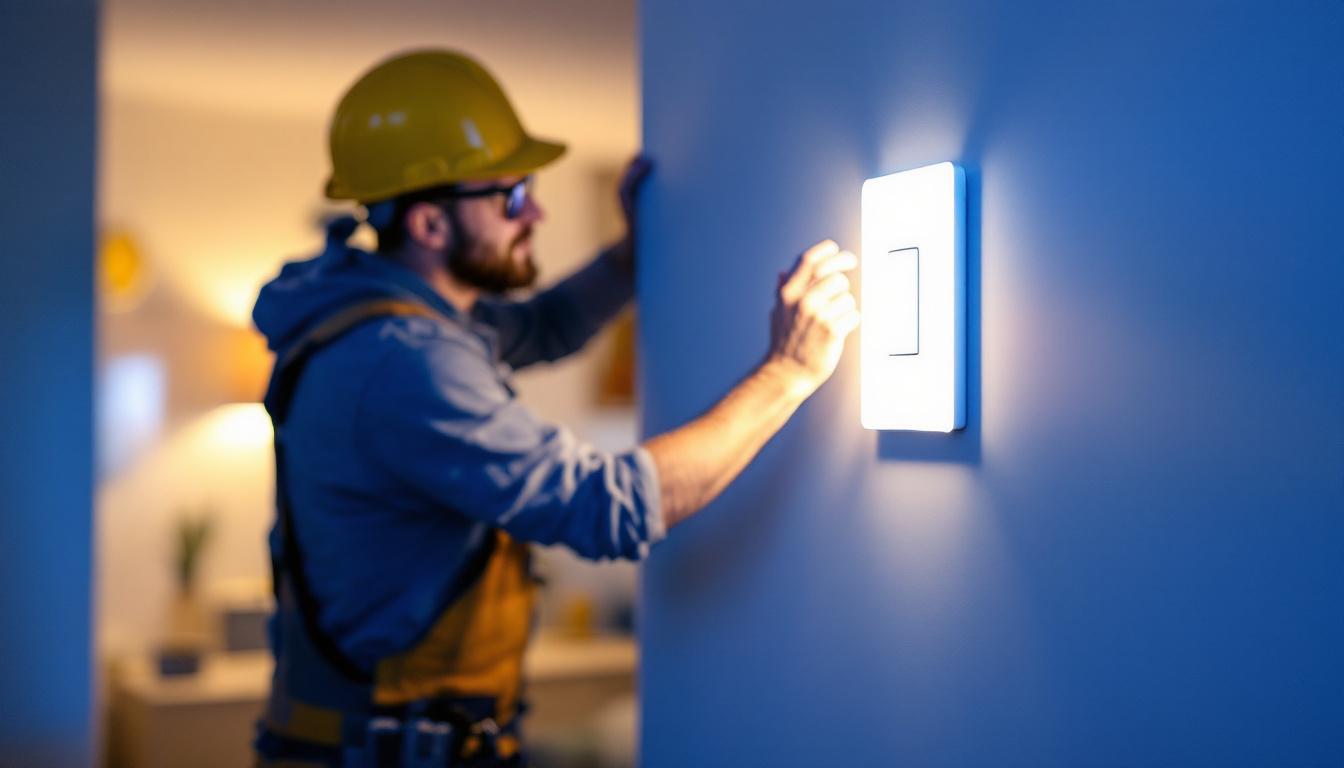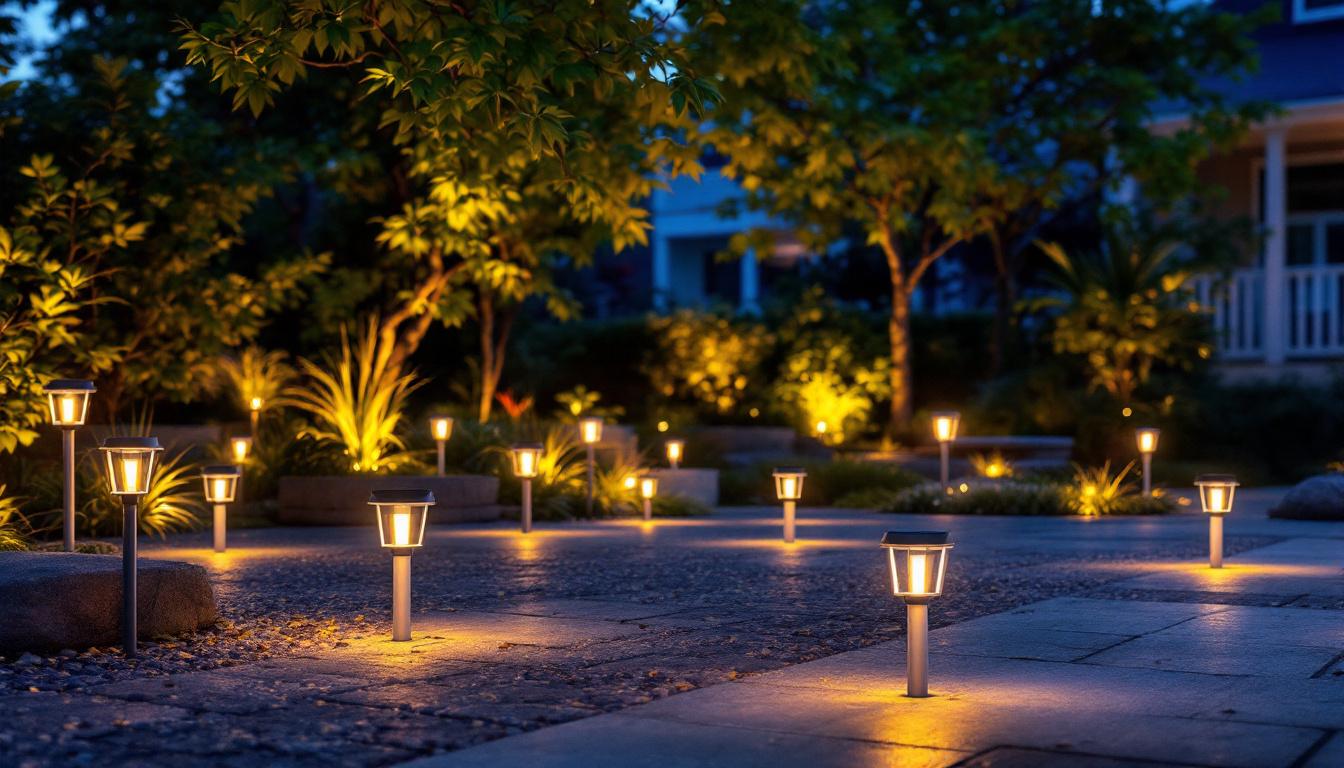
In the ever-evolving world of lighting technology, staying ahead of the curve is essential for lighting contractors. One common task that often arises is bypassing the ballast on four-bulb fixtures. This process not only simplifies maintenance but also enables the use of more energy-efficient LED bulbs, ultimately future-proofing lighting projects. This article will guide you through the steps to bypass the ballast effectively, while also discussing the benefits and considerations involved in this process.
Before delving into the process of bypassing a ballast, it’s crucial to understand its function within a lighting fixture. A ballast is an electrical device that regulates the current to the bulbs, ensuring they operate efficiently. In traditional fluorescent fixtures, ballasts are essential for starting the lamps and maintaining a steady flow of electricity. However, with advancements in lighting technology, particularly the rise of LED lighting, the necessity of ballasts has diminished. The transition from fluorescent to LED lighting not only reflects a shift in energy consumption patterns but also highlights the growing emphasis on sustainability in lighting design.
There are primarily two types of ballasts: magnetic and electronic. Magnetic ballasts are older technology and are generally heavier and less efficient. They operate using electromagnetic induction and can produce flickering or humming noises, which can be distracting in quiet environments. In contrast, electronic ballasts are lighter, more compact, and provide better energy efficiency. They also offer features like instant start and flicker-free operation, making them a preferred choice for many commercial and residential applications. Understanding the type of ballast in a fixture can help determine the best approach for bypassing it, as well as inform decisions about upgrading to more modern lighting solutions.
Bypassing the ballast can lead to several advantages. First, it allows for the direct connection of LED bulbs, which often operate at a lower voltage and do not require a ballast for proper functionality. This not only reduces energy consumption but also minimizes potential points of failure, leading to a more reliable lighting solution. Additionally, bypassing the ballast can simplify future maintenance, as there are fewer components to troubleshoot or replace. Moreover, this modification can enhance the overall lifespan of the lighting system, as LED bulbs typically last much longer than traditional fluorescent lamps. The reduction in heat generated by LED fixtures further contributes to their longevity, making them an attractive option for both residential and commercial spaces.
Furthermore, the process of bypassing the ballast can also lead to significant cost savings over time. With reduced energy consumption, users may notice a decrease in their electricity bills, which can be particularly beneficial for businesses looking to cut operational costs. Additionally, the environmental impact of switching to LED lighting is noteworthy; less energy consumption translates to a lower carbon footprint, aligning with global efforts to promote sustainability. As more individuals and organizations become aware of these benefits, the trend towards LED lighting continues to gain momentum, further diminishing the role of traditional ballasts in modern lighting systems.
Before beginning the bypassing process, gather the necessary tools and materials. Having everything at hand will ensure a smooth and efficient workflow. Here’s a list of essential items:
In addition to the basic tools listed above, you may also want to consider having a multimeter on hand. This device can help you measure voltage, current, and resistance, providing a more comprehensive understanding of the electrical system you are working with. A flashlight or work light can also be beneficial, especially if you are working in dimly lit areas, ensuring that you can see your workspace clearly and avoid any potential mishaps. Furthermore, having a small toolbox or organizer can help keep your tools neatly arranged and easily accessible, which can save you time and frustration during the project.
Safety should always be the top priority when working with electrical fixtures. Before starting any work, turn off the power to the fixture at the circuit breaker. Use a voltage tester to confirm that there is no electrical current running to the fixture. Wearing safety goggles and gloves is also recommended to protect against potential hazards. It’s also wise to work in a well-ventilated area, especially if you are using any adhesives or materials that may emit fumes. Additionally, consider having a first aid kit nearby, just in case of any minor accidents. Familiarizing yourself with the layout of your workspace and ensuring that there are no tripping hazards can further enhance your safety while working on the bypassing process.
Now that the tools are ready and safety precautions are in place, it’s time to proceed with the bypassing process. Follow these steps carefully to ensure a successful outcome:
Begin by removing the cover of the fixture. This may involve unscrewing or unclipping it, depending on the design. Once the cover is off, you will have access to the internal components, including the ballast and wiring.
Locate the ballast within the fixture. It will typically be a rectangular box connected to the wiring. Carefully disconnect the wires leading to the ballast. This may involve cutting the wires or unscrewing wire connectors. Ensure that you keep track of which wires are connected to the ballast for reference.
With the ballast removed, it’s time to rewire the fixture for direct connection to the LED bulbs. Depending on the fixture design, you may need to connect the hot wire (usually black) directly to the socket and the neutral wire (usually white) to the other socket terminal. Use wire nuts to secure these connections and wrap them with electrical tape for added safety.
Once the fixture is rewired, install the LED bulbs. Ensure that the bulbs are compatible with the bypassed fixture. Insert the bulbs into their sockets firmly, making sure they are seated correctly.
Before replacing the fixture cover, turn the power back on at the circuit breaker. Test the fixture to ensure that the LED bulbs are functioning correctly. If everything is working as expected, proceed to replace the cover securely.
Bypassing ballasts offers several benefits that can enhance the overall efficiency and longevity of lighting projects. Here are some key advantages:
One of the primary reasons for bypassing ballasts is the significant improvement in energy efficiency. LED bulbs consume less power than traditional fluorescent bulbs, and eliminating the ballast reduces energy loss associated with its operation. This results in lower electricity bills and a reduced carbon footprint.
With fewer components to fail, maintenance costs can be significantly reduced. Ballasts are known to fail over time, which can lead to frequent replacements and additional labor costs. By bypassing the ballast, contractors can provide a more reliable lighting solution that requires less ongoing maintenance.
LED bulbs provide better lighting quality compared to traditional fluorescent lamps. They offer instant brightness, better color rendering, and longer lifespans. By bypassing the ballast, contractors can ensure that clients receive superior lighting solutions that meet modern standards.
While bypassing ballasts has numerous benefits, there are several considerations to keep in mind before proceeding with this modification:
Not all LED bulbs are designed to work with bypassed fixtures. It is crucial to select bulbs that are specifically labeled as “ballast bypass” or “direct wire.” Using incompatible bulbs may lead to flickering, reduced performance, or even damage to the bulbs.
Before making any modifications, it’s essential to check local electrical codes and regulations. Some jurisdictions may have specific requirements for bypassing ballasts or may require permits for such work. Ensuring compliance with local codes will help avoid potential legal issues and ensure safety.
When presenting the option to bypass ballasts to clients, it’s important to educate them on the benefits and implications. Clients may have concerns about the initial costs or the longevity of LED bulbs. Providing clear information can help them make informed decisions and appreciate the long-term benefits of the upgrade.
In a rapidly changing industry, future-proofing lighting projects is essential for maintaining competitiveness. By bypassing ballasts and transitioning to LED technology, contractors can position themselves as leaders in energy-efficient solutions. Here are some strategies to consider:
Keeping abreast of the latest trends in lighting technology is vital. This includes understanding advancements in LED technology, smart lighting solutions, and energy-efficient practices. Regularly attending industry conferences, workshops, and training sessions can provide valuable insights and knowledge.
As clients increasingly seek sustainable and efficient lighting options, offering comprehensive solutions that include ballast bypassing and LED retrofits can set contractors apart. Providing a full range of services, from consultation to installation, can enhance client satisfaction and loyalty.
With a growing emphasis on sustainability, promoting the environmental benefits of bypassing ballasts and using LED technology can resonate with clients. Highlighting the reduced energy consumption and longer lifespans of LED bulbs can appeal to environmentally conscious customers.
Bypassing the ballast on four-bulb fixtures is a practical and effective way to future-proof lighting projects. The process not only enhances energy efficiency and reduces maintenance costs but also improves lighting quality. By understanding the role of ballasts, following proper procedures, and considering the implications of this modification, lighting contractors can provide clients with reliable and sustainable solutions. As the industry continues to evolve, embracing these changes will ensure that contractors remain competitive and well-prepared for the future.
Ready to take your lighting projects to the next level? At LumenWholesale, we provide lighting contractors with the highest quality, spec-grade lighting products at unbeatable wholesale prices. Say goodbye to middleman markups and hello to a vast selection of reliable, high-performance lighting that meets the strictest industry standards. Make the smart choice for your future lighting projects and enjoy the benefits of bulk buying with the convenience of free shipping. Don’t compromise on quality or value—visit LumenWholesale today and experience the best in wholesale lighting solutions.

Discover how center baskets can revolutionize your lighting designs by offering enhanced illumination and aesthetic appeal.

Discover how the innovative 3 Light Switch is revolutionizing the lighting industry for contractors.

Discover the ultimate guide to LED fluorescent light fixtures with our essential checklist tailored for lighting professionals.

Discover how high-quality solar lights can transform your business and secure more lighting contracts.